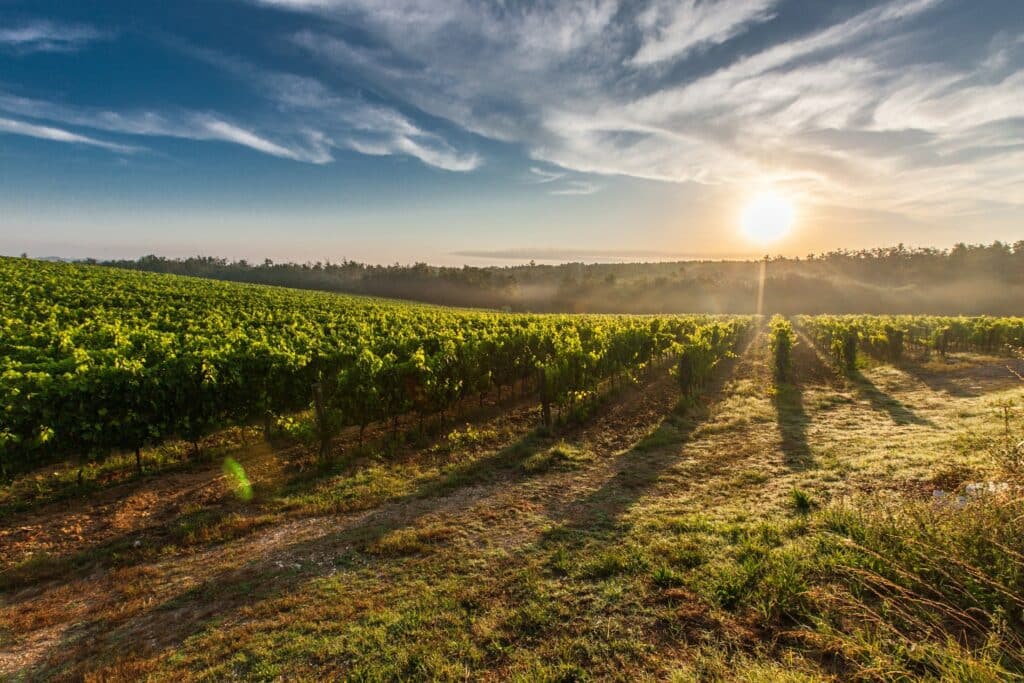What is a wine Appellation?
What is the true meaning of Appellation?
An appellation is a name or title. In the context of wine, an appellation refers to a legally defined and protected geographical indication used to identify where grapes for a wine were grown.
What was the first wine appellation?
The first exclusive use of a protected vineyard area was in Chianti, Italy, in the early 18th century. However, the Appellation definition for wine began in France, Appellation d’origine contrôlée, in the 1930s to protect the quality and reputation of French wines by designating their areas of origin. This allowed wine producers in renowned regions to differentiate their wines and prevent inferior wines from other regions from being marketed under famous names. Using AVA or American Viticultural Area interchangeably with Appellation is expected in the United States.
Types of Appellations
There are different levels of appellations, ranging from broad regional designations to specific vineyards. Some key types include:
- Regional wine appellation definitions identify a large grape-growing region such as Bordeaux

- Sub-Regional Wine Appellations – Denote smaller subregions within a larger region, such as St-Emilion in Bordeaux

- Village Appellations – Indicate a specific village, such as Pauillac in Bordeaux

- Vineyard Appellations – The most precise, identifying an individual vineyard such as Romanée-Conti in Burgundy. Grapes can only come from that vineyard.
Appellation Regulations
Local wine authorities strictly regulate appellations. Regulations govern permitted grape varieties, winemaking practices, yields, and other requirements winemakers must follow for their wines to qualify for the appellation name and include on their wine labels.
FAQ
- What is the benefit of appellations for consumers? Appellations give consumers information about wine production, true origin, and authenticity.
- Do appellations guarantee quality? They guarantee origin but not necessarily quality, though regions known for high-quality wines generally have more stringent requirements.
- Do wines without appellations lack quality? Not at all – wines without designated appellations can be of excellent quality, but the grapes come from different regions and will appear on the wine label.

